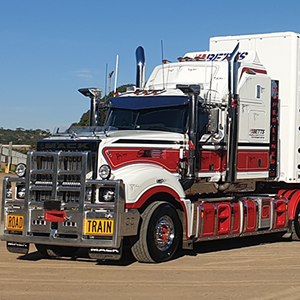
Published by:
William Mitton
One of the challenges faced when using Performance Based Standards (PBS) is achieving the stability requirements while also meeting the loading height needs. For freight tasks that typically have high centre-of-gravity loads, such as livestock transport or car-carriers, this can prove to be difficult. As a result, operators of these loads typically don’t use PBS,… Read more »
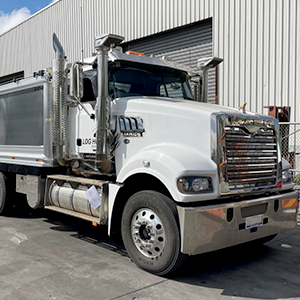
Published by:
Daniel Nolan
Are you aware that owning a 3-axle truck and a 4-axle trailer might exempt you from requiring Performance-Based Standards (PBS) documentation? The National Heavy Vehicle Regulator (NHVR) introduced the Class 3 National Notice for 20m Long 3-axle Truck and 4-axle Dog Trailers just over a year ago. Whether or not you utilise this Notice, Advantia… Read more »
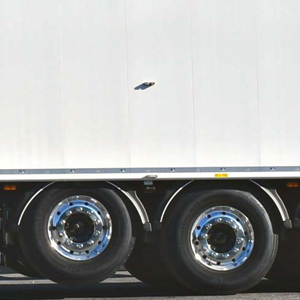
Published by:
Sina Milani
Liftable and self-steerable trailer axles are recognised for improving vehicle performance in terms of fuel economy and low-speed manoeuvrability as well as reducing tyre scrub. However, the choice of where to fit the liftable or self-steerable axles within an axle group is not a trivial question! There are multiple factors contributing to pros and cons… Read more »
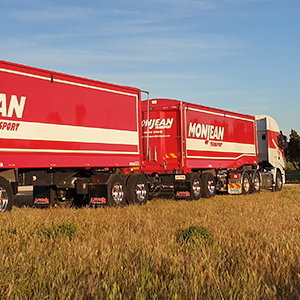
Published by:
William Mitton
Performance-Based Standards (PBS) are a set of regulations that focus on the safety and efficiency of heavy vehicles by assessing their performance. Where a PBS Design Approval (DA) demonstrates that a concept design meets PBS standards, a PBS Vehicle Approval (VA) confirms that the physical vehicle matches the design in the DA. To help clarify… Read more »

Published by:
Daniel Nolan
Victoria, New South Wales, and South Australia have taken significant steps toward accommodating low and zero-emission heavy vehicles by increasing axle limits, a move crucial for the integration of these eco-friendlier trucks into heavy vehicle networks. These concessions are in response to the fact that these heavy vehicles are typically heavier from the additional mass… Read more »
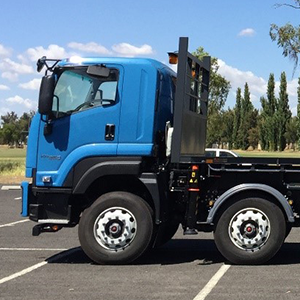
Published by:
Matthew Ainsworth
In a previous piece, we discussed the potential benefits and challenges of introducing wider trailers in Australia, particularly the idea of extending the maximum width from 2.5 metres to 2.6 metres. Given the Performance Based Standards (PBS) scheme’s capacity to approve heavy vehicle widths beyond standard limits, the prospects appeared promising for over-width vehicles. On… Read more »
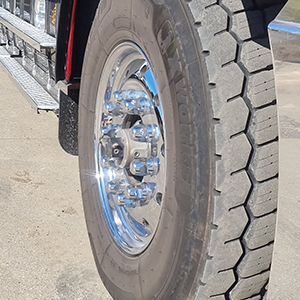
Published by:
William Mitton
In a milestone media release, the Truck Industry Council (TIC) and National Heavy Vehicle Regulator (NHVR) have stated “there is no justification in limiting axle masses when using appropriate wide single tyres given the improved vehicle stability and efficiency they bring. They should be permitted to operate at the same mass as equivalent dual tyred… Read more »
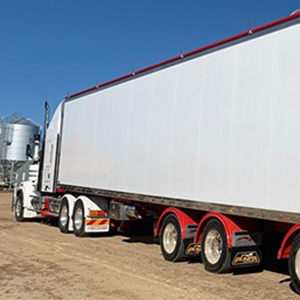
Published by:
Matthew Ainsworth
The NHVR is in the process of developing the next phase of PBS, but what does this mean for industry? The Performance Based Standards (PBS) scheme sets on-road performance standards for many heavy vehicles in Australia. The scheme aims to improve the safety and productivity of the heavy vehicle industry by allowing vehicles that meet… Read more »
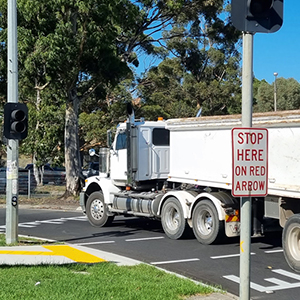
Published by:
Saizo Takeuchi
Heavy vehicles with high centre-of-gravity loads are most prone to rollover when turning at speed. Therefore, road agencies and designers must pay extra attention when designing turns and intersections. Because of this, Advantia is regularly engaged to determine the safety of intersection designs for trucks and advise on how to best mitigate any risks around… Read more »
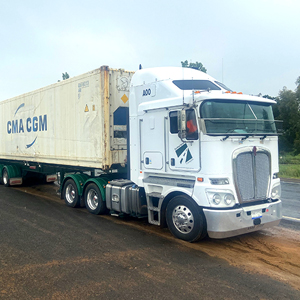
Published by:
Saizo Takeuchi
PBS is often lauded as the next generation of heavy vehicle legislation and policy, however a question for many prospective entrants into the scheme is what is PBS and how does it benefit me? To better understand this, the first step is to think about the normal rules for heavy vehicle design. We refer to… Read more »









